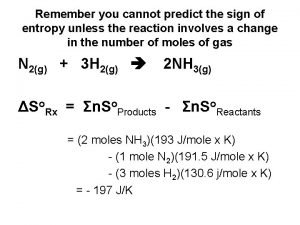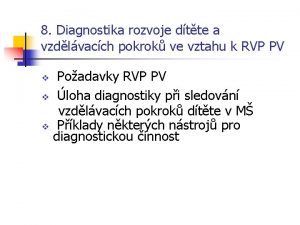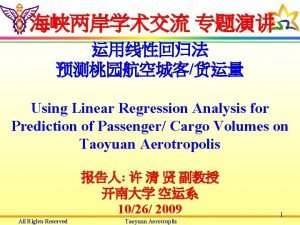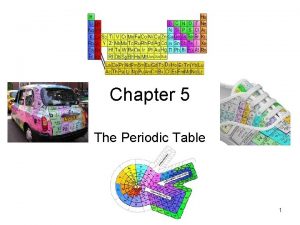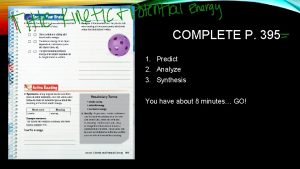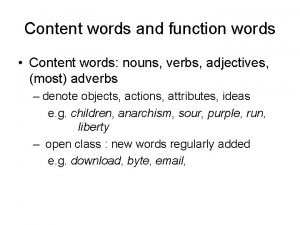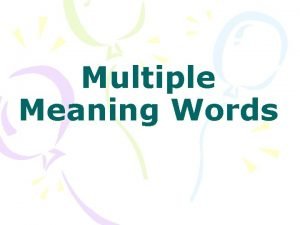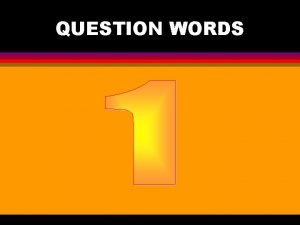Aim How do we analyze words to predict
















- Slides: 16

Aim: How do we analyze words to predict their meanings? Craft and Structure: • CCSS. ELA-LITERACY. RI. 9 -10. 4 Determine the meaning of words and phrases as they are used in a text, including figurative, connotative, and technical meanings; analyze the cumulative impact of specific word choices on meaning and tone (e. g. , how the language of a court opinion differs from that of a newspaper).

Aim: How do we analyze words to predict their meanings? • OBJECTIVES • Understanding prefixes • Understanding suffixes • Understanding word roots COMPARING AND CLASSIFYING WORDS This lesson is about analyzing words so you can predict their meaning.

Aim: How do we analyze words to predict their meanings? Understanding Prefixes 1. A prefix goes at the beginning of a word. Some common prefixes are in-/im-, pre-, un-, de-. 2. The meaning of the prefix helps you understand the meaning of a word. For example, the prefix un- means not. The word unhappy means not happy. Do now: Answer the questio in complete sentences: 1. What is a prefix? 2. What can a prefix help you? 3. What do you think the word unpleasant means?

Aim: How do we analyze words to predict their meanings? PREFIX MEANING EXAMPLE dis- not dishonest im- not imperfect in- not invisible un- not unusual

Aim: How do we analyze words to predict their meanings? mis- wrong misunderstan ding multi- many multipurpose pre- before preheat re- agam restate

Checkpoint # 1: Do you understand prefixes? Raise your right hand if you clearly understand today’s vocabulary words. Raise your left hand if you do not clearly understand today’s vocabulary words.

Aim: How do we analyze words to predict their meanings? • Understanding Suffixes • A suffix goes at the end of a word. A suffix usually changes the word's part of speech. For example, the suffix -er or -or changes a verb into a noun. For example, teach + er means a person who teaches. Mini assessement: 1. What is suffixes? 2. How do they change words?

Aim: How do we analyze words to predict their meanings? The chart shows some common suffixes and their meanings. SUFFIX -er, -or -tion, -ation -less -ly MEANNG one who the act of without in a given way to make EXAMPLE conductor narration careless loudly beautify

Checkpoint # 2: Do you understand suffixes? Raise your right hand if you clearly understand today’s vocabulary words. Raise your left hand if you do not clearly understand today’s vocabulary words.

Aim: How do we analyze words to predict their meanings? Understanding Word Roots 1. Many English words have Greek or Latin roots (origins). These roots can be at the beginning, middle, or end of words. 2. The root -phon- means sound. A phonograph produces sound. A telephone carries sound. Mini assessement #2: 1. What are roots in English? 2. Where do you find them?

Aim: How do we analyze words to predict their meanings? ROOT -audio-bene-dic-, -dict -port-man-, -manu -scribe-chrono- MEANING EXAMPLES hearing good say, speak carry hand write time audiotape, audiocassette benefit, benevolent dictionary, dictate export, import, portable manual, manufacture, manuscript inscribe, transcribe, scribble chronometer, chronicle

Checkpoint # 3: Do you understand roots? Raise your right hand if you clearly understand today’s vocabulary words. Raise your left hand if you do not clearly understand today’s vocabulary words.

Final summary (practice) 1. Each of these words has a prefix. Circle the prefix. Then match each word with its meaning. 1. restate a. treat badly 2. preview b. say again 3. mishandle c. not likely 4. improbable d. an early look at something

Aim: How do we analyze words to predict their meanings? 2. Each of these words has a suffix. Circle the suffix. Then match each word with its meaning. 1. clarify 2. conductor a. of no value or function b. in a careful way 3. cautiously c. a person who leads 4. useless d. make clear

Aim: How do we analyze words to predict their meanings? • Circle the root of each word. Then match each word with its meaning. 1. contradict a. easy to move 2. portable b. in the order it happened 3. manufacture c. say the opposite 4. chronological d. make a product

Aim: How do we analyze words to predict their meanings? 4. Use your knowledge of prefixes, suffixes, and word roots to guess the meaning of these words. Predict ______ description ______ Manuscript______ disapprove ______ Resend______ unpredictable ______
 Other words for analyze
Other words for analyze Ai vowel team word list
Ai vowel team word list How to calculate bond angle
How to calculate bond angle δhsys
δhsys Predict vipers
Predict vipers Vipers explain questions
Vipers explain questions Predict diagnostika
Predict diagnostika You light up my life chemistry lab answer key
You light up my life chemistry lab answer key Predictogram
Predictogram Apa itu variabel sekunder
Apa itu variabel sekunder Predict cyber crime
Predict cyber crime What does the vsepr theory stand for
What does the vsepr theory stand for Linear regression predict
Linear regression predict Gratifying in a sentence
Gratifying in a sentence The measure of average kinetic energy
The measure of average kinetic energy Hatchet
Hatchet Predict whether cesium forms cs or cs2 ions
Predict whether cesium forms cs or cs2 ions



